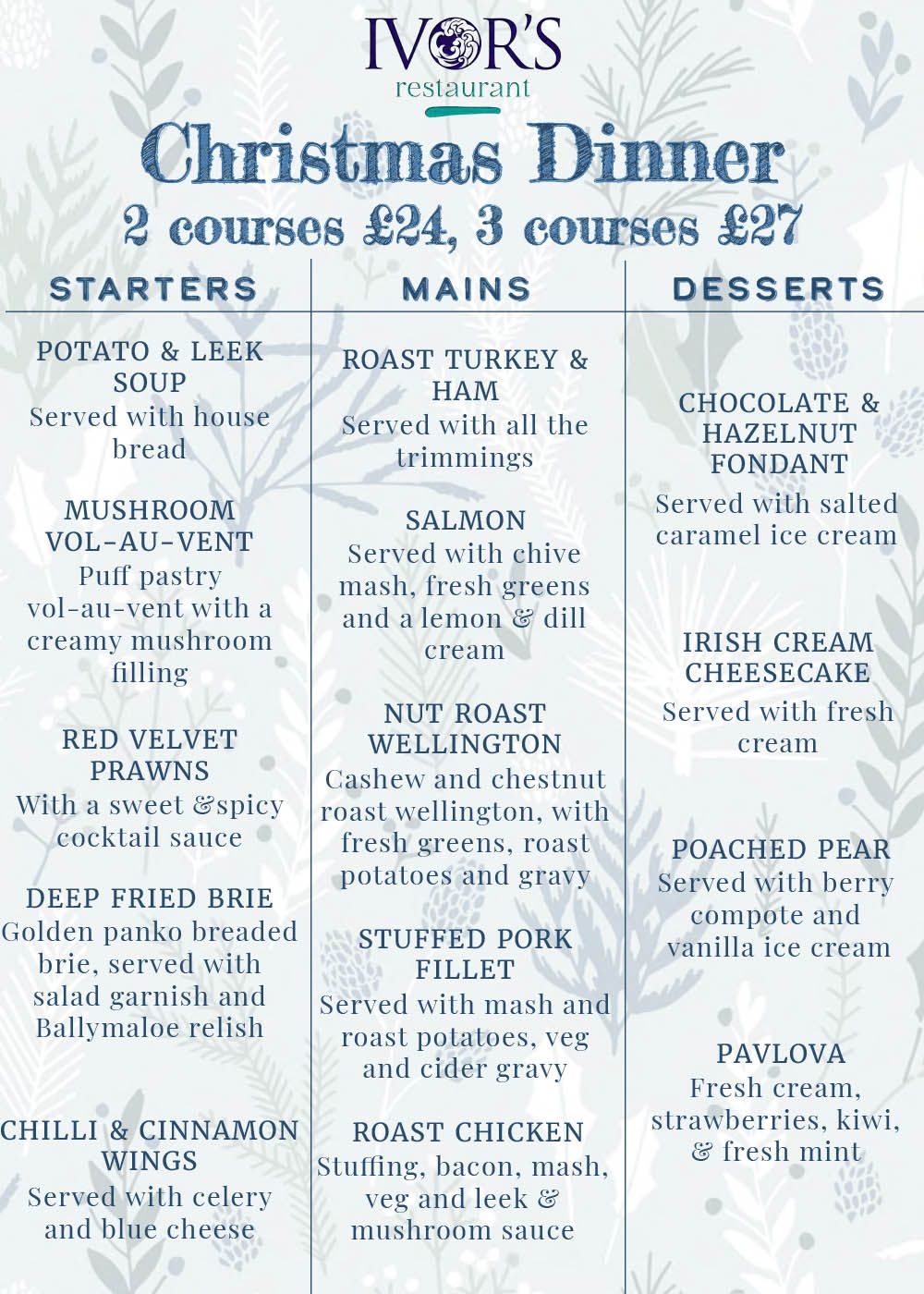THEY could use it as a slogan for their tourist brochure – visit Donegal and you’ll feel better in body and mind.
Because that’s what happened to Dúlra – his mind is still buzzing from seeing a bird that was completely new to him, and his body is glowing from eating some of the freshest duck eggs on Planet Earth.
First the body. On a mazy drive around the famous hilltop Gaeltacht of Rann na Feirste, he came across a glorious offering at the side of the road. An honesty box for eggs. He stopped and looked around – it was so remote that you could barely see any house at all.
But the Ó Domhnaill family sure have a knack for marketing, because they put a rooster on top of their egg cabinet to catch the attention of any passing tourists – of which there can’t be many to this remote spot, especially in September.

Inside was a pretty collection of the day’s produce: uimheacha lachan (duck eggs) and uimheacha cearc (hen’s eggs), while the bottom shelf had a spot for the cardboard boxes to be returned and a money box which you could slide coins into.
Dúlra slipped in €3.50 for a half-dozen duck eggs and went on his way. The following day at breakfast they were the star of the show – each one as fresh Atlantic air, with a giant yolk as bright as the sun. Just the thing to fortify you for a trek to the beach.
Beaches in Donegal are so plentiful that you’ll often have one all to yourself – and that was the case at Trá an Ghlaisigh, a tiny but perfect beach accessed by a wooden boardwalk, not far from the famous hotel Teach Jack.
Here you look out to two islands which were recently deserted – Inis Meáin and Inis Oirthear. Colourful cottages still gleam on Inis Meáin just a few hundred yards away, an island which held a vibrant fishing community of more than 50 people in the 1950s, just a decade before it was abandoned. Beyond the island, the next stop is New York.
Dúlra dandered along the beach against the strong breeze. He soon noticed he wasn’t alone after all – a flock of tiny seabirds were dancing in front of him. And with each step he took on the sand, the birds walked a few feet ahead of him.
He’d never seen their like before. With the help of the phone, he was able to identify them: they were sanderlings, luathrán in Irish. These birds weren't only pretty in their grey feathers, they were truly extraordinary.
Because these aren’t Irish birds. They only stopped off on this tiny beach on their way south – they’ll go as far as the South Pole – from their nesting grounds in the North Pole. That’s a journey of up to 6,000 miles – and then the same back again to the Arctic to breed!
Dúlra watched them in amazement. Like other Arctic birds, they don’t seem to mind people. These birds played chicken with the waves, darting in and out so they could feed on the newly wet sand. They love the tiny mole crab, which burrows under the sand when the tide is out, only moving to the surface to feed on plankton when the tide arrives. And that’s when the sanderlings strike. It was an honour to spend 20 minutes in the company of such amazing birds. He doubts he’ll ever again see one.
And so he bid them slán for that long journey south and headed off, mind and body fully replenished by the birds of Donegal.
• If you’ve seen or photographed anything interesting, or have any nature questions, you can text Dúlra on 07801 414804.






